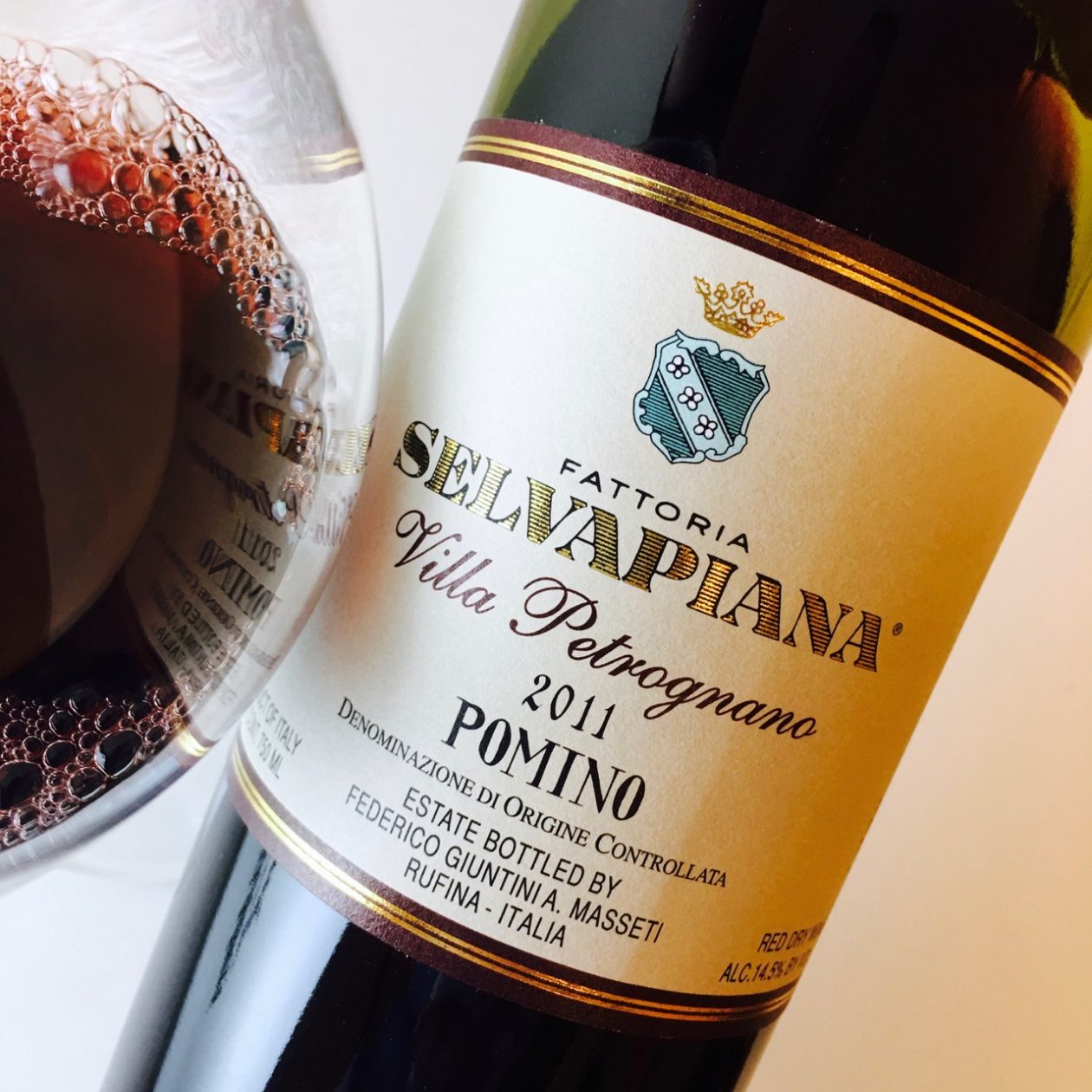The quick take-away
Cook turkey burgers to an internal temperature of 165 degrees Fahrenheit. (See the FDA website for details.) Read my recipes for quick, juicy turkey burgers.
The longer story, with recipes
I've only been cooking meat for ten of my twenty-two cooking years, but even when I was a vegetarian, I read all the meat recipes in my favorite food magazine, Fine Cooking, because, well, I'm a food nerd, and because I thought it might come in handy some day.
I'm the kind of person who learns how to do things by reading. When I was twenty, I learned how to make soup by reading each soup recipe, in sequence, in the Moosewood Cookbook, imagining each step of the process, from dicing to garnish. I followed the process imaginatively, and the repetition cemented in my mind the method for soup: sauté aromatics, add stock and other goodies. Simmer. Purée if it's that kind of soup. Add dairy (but then don't let it boil). Etcetera. Soup as archetype, soup as prototype. Soup. Simple. Then, I repeated the process with salad, bread, cake. Read it and eat.
So that's also how I learned to cook meat: by reading recipes. But when I started eating meat, and actually had to cook it, I realized meat was tricky. Meat isn't soup. Meat's not cake. Meat's more like bread: infinitely varied, sometimes yielding to a light hand, sometimes demanding heavy intervention. Tenderloin, for example, can't take much handling. You introduce it, casually, to the heat, then offer it a brief repose before slicing. Stew beef is tenderloin's brutish cousin. Stew beef likes it rough.
As a newly recovering vegetarian, I always overcooked my meat. I'm wiggy about food safety, having done a lot of canning in my day, and, terrified by the prospect of shelves of canned produce packing enough botulinum toxin to give the entire cast of Nunsense a pout like Goldie Hawn, I always erred on the side of caution. Meaning, essentially, my meat was always overcooked, gray to the core. I figured any redness in the center was unsafe because that meant it hadn't gotten hot enough to denature protein, meaning, by extension, not hot enough to kill microorganisms.
Then I took a meat class. I learned that solid cuts of red meat—roasts, loin cuts, chops, steaks—can be safely cooked to the point where they were still pink in the middle because it's only the outside that's been exposed to bacteria, and as long as your sear is hot enough to kill that, the meat is safe. In other words, there's nothing to "kill" inside except flavor. I got a food thermometer, and it has been my guide, my Virgil, to tender, juicy, wonderful, safe red meat cooked medium rare.
But burger meat is different. Grinding the meat exposes all of the meat to air and the microorganisms in it. So I cook my burgers, meatloaf, and meatballs thoroughly, to the recommended USDA internal temperature. For ground beef that's 160 F.
Which brings us, finally, to ground poultry and the nominal subject of this post, turkey burgers. Unlike red meat, even solid cuts of poultry must be cooked thoroughly, because poultry pathogens are different from beef pathogens and are destroyed at higher temperatures. Poultry must be cooked to an internal temperature of 165 F, a point at which the juices run clear.
Since ground poultry doesn't have as much fat as ground beef or pork, cooking turkey burgers to that temperature can yield a dry, tight patty. Fine Cooking to the rescue. The September 2008 issue suggests using ground turkey that contains some dark meat, for a total content that's about 93% lean. This is still leaner than most hamburger meat (80% to 85% lean), but has enough fat to keep the inside moist and flavorful.
Below are two methods for turkey burgers: one with dark meat—now my preferred method—and another for occasions when you only have lean meat on hand. I use Stonewood Farm turkey exclusively, because the birds are raised humanely and without antibiotics or hormones. Stonewood sells their ground meat in 1 lb packages of Regular, Dark, Sweet Italian Sausage, and Hot Italian Sausage varieties. They're all good.
Turkey Burgers 1
In a large bowl, place 1 lb regular and 1 lb dark ground turkey meat. Add about 1/2 cup chopped fresh herbs and a tablespoon of fennel seeds. Season with salt and pepper. Knead lightly, being careful not to overwork or compress the meat too much. Form into six large or eight medium patties. Grill, pan-fry, or broil, flipping once, until the internal temperature is 165 F. Remove from heat, let rest about 5 minutes, and serve.
Turkey Burgers 2
Follow the above method using all regular turkey meat (the Stonewood sausage meats seem to qualify as "regular"). Season as above, but add about 3/4 cup grated parmesan to the mix and cut back on the salt. If you're planning to pan-fry, you can rub the patties lightly with oil and dredge in breadcrumbs (panko or Italian) to form a crust that will help keep the interior especially moist.




My kids love burgers especially those burgers with home made patties, I will look forward to study the recipe of yours so I can try it for my kids.